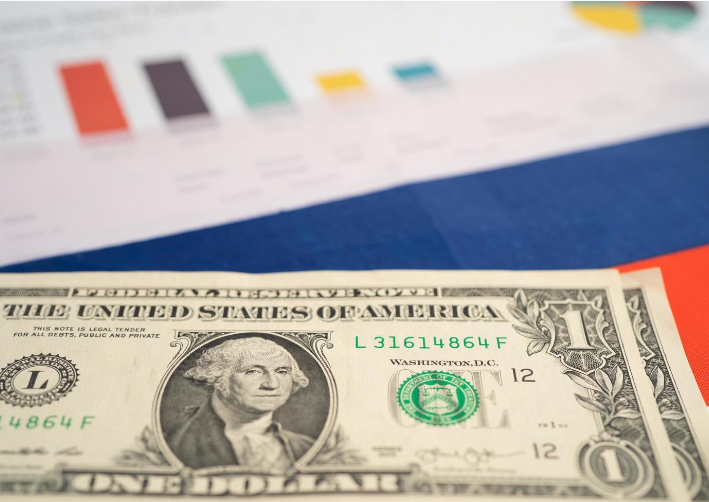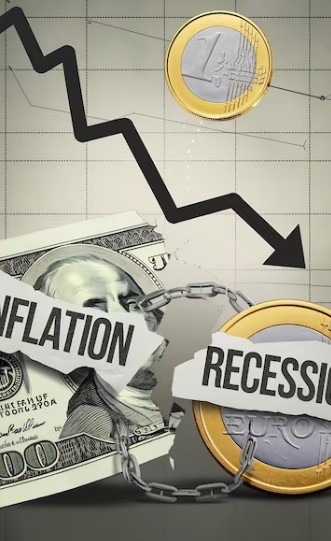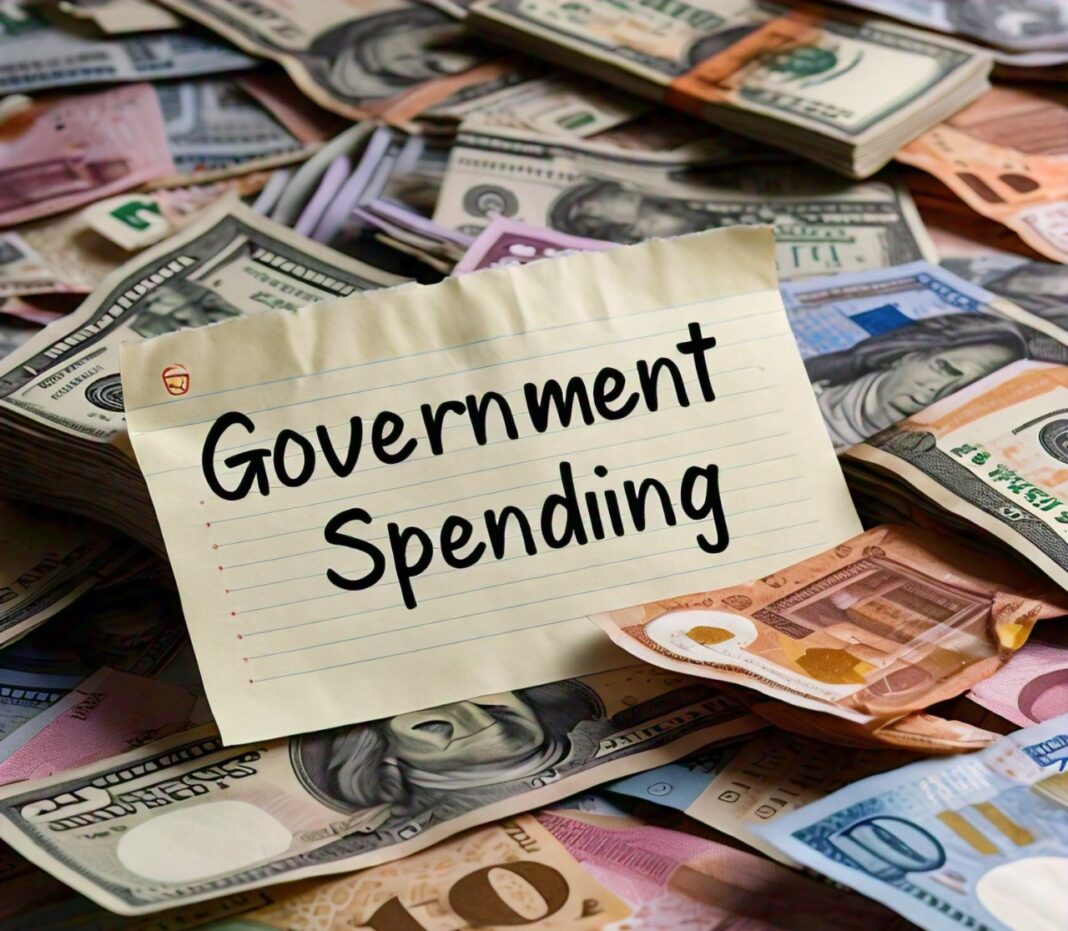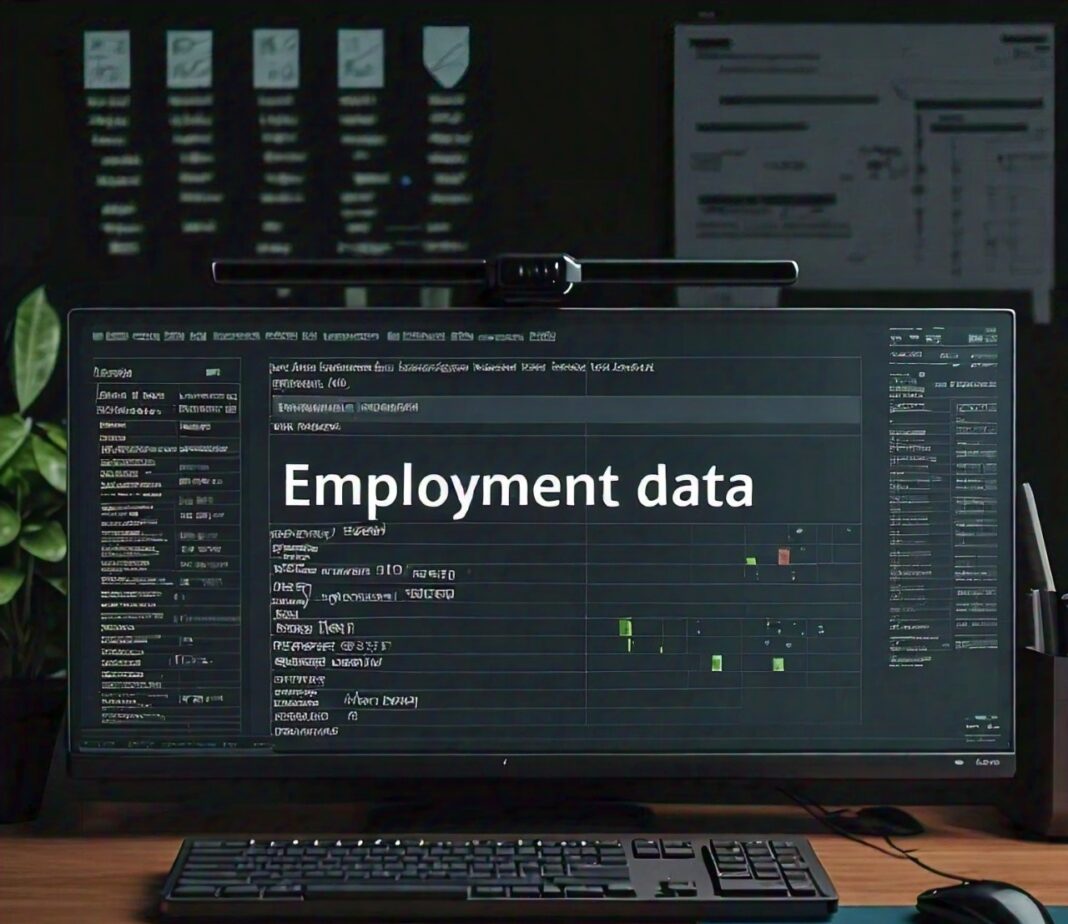Government spending serves as a crucial economic indicator, reflecting the state of a nation’s fiscal health and its broader economic strategy. As financial analysts, understanding this relationship is essential for making informed decisions and predictions about market behavior and economic conditions. Government expenditures can influence various aspects of the economy, including economic growth, inflation rates, and indicators of recession.
The interplay between government spending and economic trends is complex and multifaceted. For instance, increased government spending can stimulate economic growth by funding infrastructure projects, supporting social programs, and investing in human capital. Conversely, excessive government spending may lead to inflationary pressures, complicating the economic landscape further.
This article aims to dissect the implications of government spending on economic growth, inflation, and recession indicators. By examining historical data, case studies, and current trends, we will provide valuable insights that financial analysts can leverage to enhance their understanding and forecasting capabilities. Understanding these dynamics is not just academic; it is vital for anticipating market movements and making strategic investment decisions in an ever-evolving economic environment.
In the following sections, we will delve into the nuances of government spending, exploring its various types, historical context, and the mechanisms through which it impacts economic indicators. This exploration will empower financial analysts to better navigate the complexities of fiscal policy and its ramifications on the economy.
Definition of Government Spending
Government spending refers to the total amount of money the government expends on various services, programs, and projects to meet public needs and stimulate economic activity. It encompasses a wide range of expenditures, including investments in infrastructure, education, healthcare, defense, and social welfare programs. This spending is an essential component of a country’s economic policy, influencing both short-term and long-term economic outcomes.
Types of Government Spending
Government spending can be categorized into two main types: mandatory and discretionary spending.
Mandatory Spending
This type of spending is required by law and includes expenditures that the government is obligated to make. Mandatory spending primarily covers entitlement programs such as Social Security, Medicare, and Medicaid. These programs are designed to provide financial assistance and healthcare to eligible individuals, making them crucial for supporting the welfare of the population. As a result, mandatory spending tends to grow over time, especially as demographic trends shift and the population ages.
Discretionary Spending
Discretionary spending is not mandated by law and can be adjusted annually through the budgeting process. This category includes funding for defense, education, transportation, and various government agencies. Unlike mandatory spending, discretionary spending is subject to political negotiations, making it more variable from year to year. Decisions regarding discretionary spending can have immediate impacts on economic conditions, as they often fund programs designed to stimulate growth or respond to economic challenges.
Key Metrics Used to Measure Government Spending
To analyze government spending effectively, several key metrics are commonly used:
- Gross Domestic Product (GDP) Contribution
- Government spending is often expressed as a percentage of GDP, highlighting its role in the overall economy. This metric helps analysts understand how government expenditures contribute to economic activity in comparison to private sector spending.
- Budget Deficit/Surplus
- The budget deficit occurs when government expenditures exceed revenues, while a surplus arises when revenues surpass spending. The size of the deficit or surplus can indicate the fiscal health of a government and its capacity to support economic growth through spending.
- Public Debt
- Public debt reflects the total amount of money that a government owes to creditors. High levels of public debt can constrain future government spending and influence interest rates, making it a crucial factor for financial analysts to consider.
- Sectoral Spending Analysis
- Analysts often break down government spending by sector (e.g., healthcare, education, defense) to assess which areas receive the most funding and how these allocations impact economic outcomes. This analysis can reveal priorities in fiscal policy and highlight areas of potential growth or contraction.
Also Read: The Significance of Wage Growth as an Economic Indicator

Government Spending and Economic Growth
Historical Perspective on Government Spending and Growth
Historically, government spending has played a pivotal role in shaping economic growth. During periods of economic expansion, governments often increase spending to stimulate further growth, while during recessions, they may ramp up expenditures to counteract economic decline. For example, during the Great Depression, the U.S. government implemented the New Deal, a series of programs and projects aimed at revitalizing the economy. This monumental increase in government spending helped reduce unemployment and restore public confidence, illustrating the government’s role as a stabilizing force during economic downturns.
Mechanisms Through Which Government Spending Influences Growth
Government spending influences economic growth through several mechanisms:
Infrastructure Development
Investment in infrastructure—such as roads, bridges, and public transportation—creates jobs and stimulates economic activity. According to the American Society of Civil Engineers, every dollar spent on infrastructure generates approximately $2.70 in economic returns. Improved infrastructure enhances productivity by reducing travel time and facilitating commerce.
Social Programs and Human Capital Investment
Government spending on education and healthcare contributes to human capital development, which is essential for long-term economic growth. For instance, education spending increases the skill level of the workforce, leading to higher productivity and innovation. Research from the Organisation for Economic Co-operation and Development (OECD) indicates that countries investing in education see sustained economic benefits over time (OECD Education at a Glance).
Stimulating Demand
Government spending can stimulate demand, particularly during economic downturns. By providing financial assistance to households and businesses, government expenditures can increase consumption and investment, leading to a multiplier effect that boosts overall economic activity. For example, the economic stimulus packages introduced during the COVID-19 pandemic helped mitigate the economic fallout by supporting consumer spending and business operations.
Government Spending and Inflation
Explanation of Inflation and Its Measurement
Inflation refers to the rate at which the general level of prices for goods and services rises, eroding purchasing power. It is typically measured using indices such as the Consumer Price Index (CPI) and the Producer Price Index (PPI). The CPI tracks changes in the price of a basket of consumer goods and services, while the PPI measures price changes from the perspective of the seller.
Inflation can be categorized into several types:
Demand-Pull Inflation: Occurs when demand for goods and services exceeds supply, often fueled by increased government spending.
Cost-Push Inflation: Results from rising costs of production, such as wages and raw materials, which can be exacerbated by government regulations or taxes.
Built-In Inflation: Arises from adaptive expectations, where businesses and workers expect future inflation and adjust prices and wages accordingly.
Theoretical Relationship Between Government Spending and Inflation
The relationship between government spending and inflation is complex and can vary depending on the economic context:
Demand-Pull Inflation
When the government increases spending, it injects money into the economy, stimulating demand. If this demand outpaces supply, prices may rise. For example, during the COVID-19 pandemic, significant government stimulus measures led to increased consumer demand, contributing to inflationary pressures. According to the Federal Reserve, the U.S. experienced notable inflation spikes as a result of expansive fiscal policies (Federal Reserve Economic Data).
Crowding Out
Conversely, increased government spending can lead to “crowding out,” where government borrowing raises interest rates, making it more expensive for businesses to invest. This dynamic can dampen economic growth and potentially reduce inflationary pressures over time, as businesses may curtail expansion plans due to higher borrowing costs.
Expectations and Policy Responses
Government spending can shape inflation expectations. If consumers and investors anticipate that increased spending will lead to higher inflation, they may adjust their behavior (e.g., demanding higher wages or raising prices), creating a self-fulfilling cycle.
Current Economic Context and Inflation Trends
As of 2023, inflation remains a critical concern for policymakers and economists:
Rising Inflation Rates
Many countries are grappling with rising inflation, driven by various factors including supply chain disruptions, labor shortages, and the aftermath of expansive fiscal policies during the pandemic. For example, the U.S. saw inflation rates reach a four-decade high in 2022, prompting the Federal Reserve to implement aggressive interest rate hikes (U.S. Bureau of Labor Statistics).
Central Bank Responses
Central banks are faced with the challenge of balancing government spending with inflation control. As governments continue to invest in infrastructure and social programs, central banks must monitor inflationary effects and adjust monetary policy accordingly. The interaction between fiscal and monetary policy will be crucial in shaping economic outcomes in the coming years.
Global Economic Factors
Global events, such as geopolitical tensions, energy prices, and trade dynamics, will also influence inflation trends. Analysts will need to consider these external factors alongside domestic government spending when forecasting inflationary pressures.

Government Spending and Recession Indicators
Definition of Recession and Its Indicators
A recession is generally defined as a significant decline in economic activity that lasts for an extended period, typically visible in real GDP, employment, investment, and consumer spending. The National Bureau of Economic Research (NBER) is the official arbiter of recessions in the United States and defines a recession as a period during which the economy experiences two consecutive quarters of negative GDP growth, along with declines in other economic indicators.
Key indicators of a recession include:
- Declining GDP: A decrease in the total economic output, indicating reduced economic activity.
- Rising Unemployment Rates: Increased joblessness as businesses cut back on hiring or lay off workers.
- Decreased Consumer Spending: A drop in household expenditures, which contributes significantly to economic activity.
- Falling Business Investment: Reduction in capital expenditures by businesses, signaling decreased confidence in future economic conditions.
Also Read: How GDP Growth Rates Reflect Economic Health
The Role of Government Spending During Economic Downturns
Government spending plays a critical role during recessions, often acting as a counter-cyclical measure to stimulate economic activity and mitigate the effects of a downturn. Key roles include:
Stimulus Packages
During recessions, governments may enact stimulus packages that include direct financial assistance to individuals, businesses, and local governments. Such measures aim to boost consumer spending and stabilize the economy. For instance, during the 2008 financial crisis, the U.S. government implemented the American Recovery and Reinvestment Act, which allocated approximately $787 billion to various sectors to stimulate growth.
Infrastructure Investments
Government spending on infrastructure projects can create jobs and spur economic activity. Infrastructure investments not only provide immediate employment but also improve long-term productivity by enhancing transportation networks and public services. Historical analysis shows that infrastructure spending can have a multiplier effect, generating additional economic activity.
Social Safety Nets
Expanding social safety nets, such as unemployment benefits and food assistance programs, helps cushion the impact of economic downturns on vulnerable populations. These programs can stabilize consumer spending during recessions, providing essential support to households that may otherwise cut back on expenditures.
Case Studies of Government Spending During Past Recessions
The Great Depression
During the Great Depression (1929-1939), the U.S. government responded with the New Deal—a series of programs and projects designed to provide relief, recovery, and reform. These initiatives included public works projects, financial reforms, and social programs aimed at revitalizing the economy. The New Deal is credited with reducing unemployment and restoring public confidence, showcasing the effectiveness of government spending during severe economic downturns.
The 2008 Financial Crisis
In response to the 2008 financial crisis, the U.S. implemented several stimulus measures, including the Troubled Asset Relief Program (TARP) and the aforementioned American Recovery and Reinvestment Act. These initiatives helped stabilize the financial system, prevent further job losses, and gradually foster economic recovery. Analysis of the recovery period indicates that these spending measures played a crucial role in mitigating the recession’s severity (Brookings Institution).
The COVID-19 Pandemic
The COVID-19 pandemic prompted unprecedented government spending across the globe. In the U.S., the Coronavirus Aid, Relief, and Economic Security (CARES) Act provided direct payments to individuals, expanded unemployment benefits, and offered loans to businesses. This rapid response aimed to cushion the economic blow and support recovery efforts. Early indicators suggest that such spending helped stave off a deeper recession and facilitated a quicker rebound in economic activity (Congressional Budget Office).
Also Read: How Export and Import Reflects Economic Health

Strategies for Using Government Spending Analysis in Investment Decisions
Financial analysts can leverage insights from government spending analysis to inform their investment strategies:
Identifying Investment Opportunities
Sectors that are likely to benefit from increased government spending—such as infrastructure, renewable energy, and healthcare—can present attractive investment opportunities. By staying informed about government budgets and proposed spending initiatives, analysts can identify stocks or sectors poised for growth.
Evaluating Risk
Understanding the implications of government spending on economic stability can help analysts assess investment risks. For example, if high levels of spending lead to concerns about inflation or public debt, this could impact market sentiment and asset valuations. Analysts should factor these risks into their investment models and strategies.
Using Economic Indicators as Leading Indicators
Government spending can be a leading indicator of economic activity. Analysts can use changes in spending patterns to predict future economic conditions. For instance, an increase in infrastructure spending may signal upcoming economic growth, prompting analysts to adjust their portfolios accordingly.
Scenario Analysis
Conducting scenario analyses based on different government spending trajectories can help analysts prepare for various economic outcomes. By modeling the potential impacts of increased or decreased spending on economic growth, inflation, and market performance, analysts can develop robust strategies that account for uncertainty.
Conclusion
Government spending is a vital economic indicator that significantly influences economic growth, inflation, and recession indicators. Throughout this article, we have explored the multifaceted relationship between government expenditures and various economic outcomes.
As global economies continue to navigate challenges such as inflation, public debt, and geopolitical uncertainties, the role of government spending will remain central to economic policy discussions. Analysts must stay vigilant in monitoring fiscal developments and adapting their strategies accordingly, ensuring that they leverage insights from government spending data to enhance their decision-making processes.
In light of these insights, financial analysts are encouraged to deepen their understanding of government spending dynamics. By integrating this knowledge into their analytical frameworks, they can better anticipate market trends and contribute to more robust investment strategies. Engaging with reliable data sources, staying updated on policy changes, and applying economic models will empower analysts to navigate the complexities of today’s economic landscape effectively.






